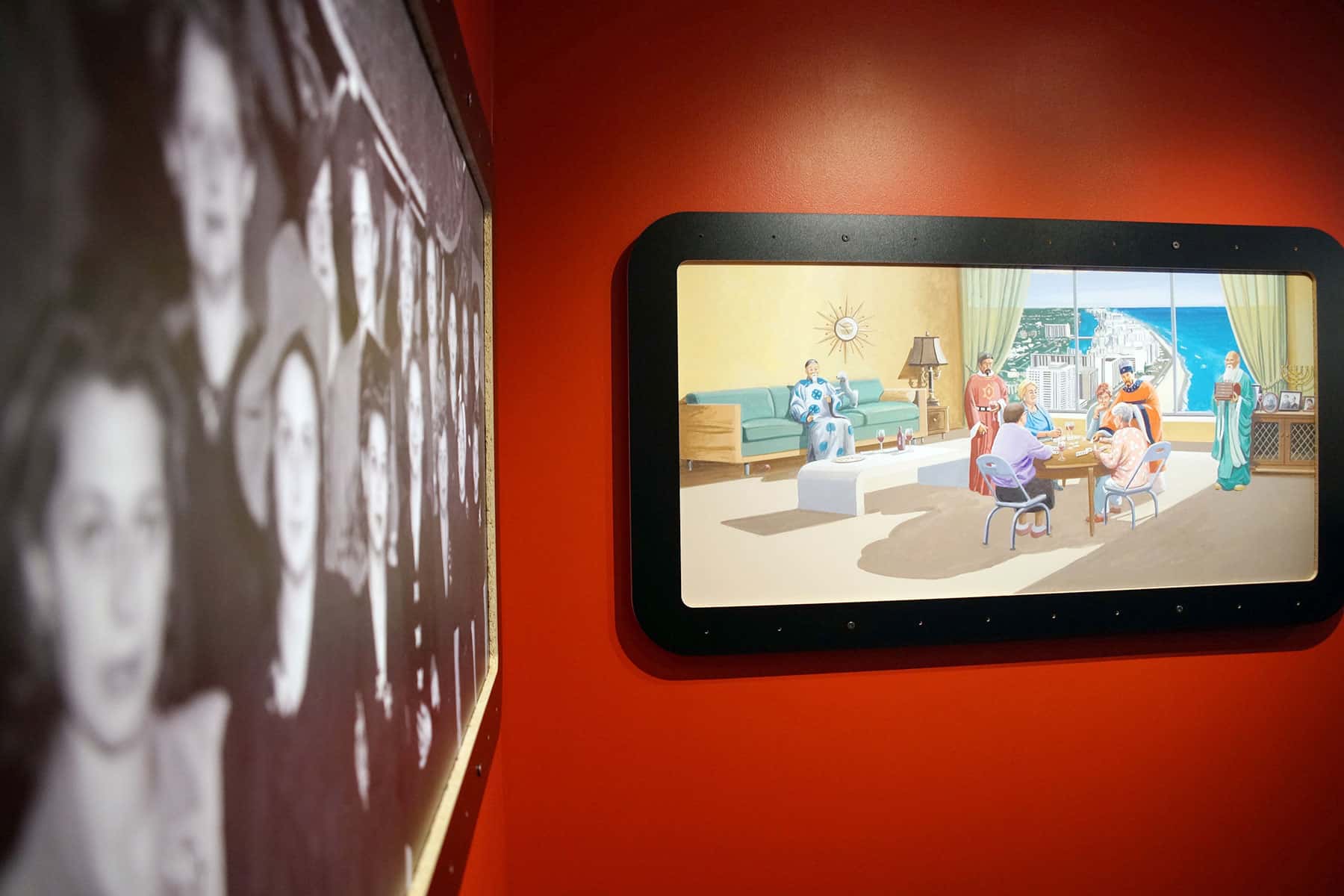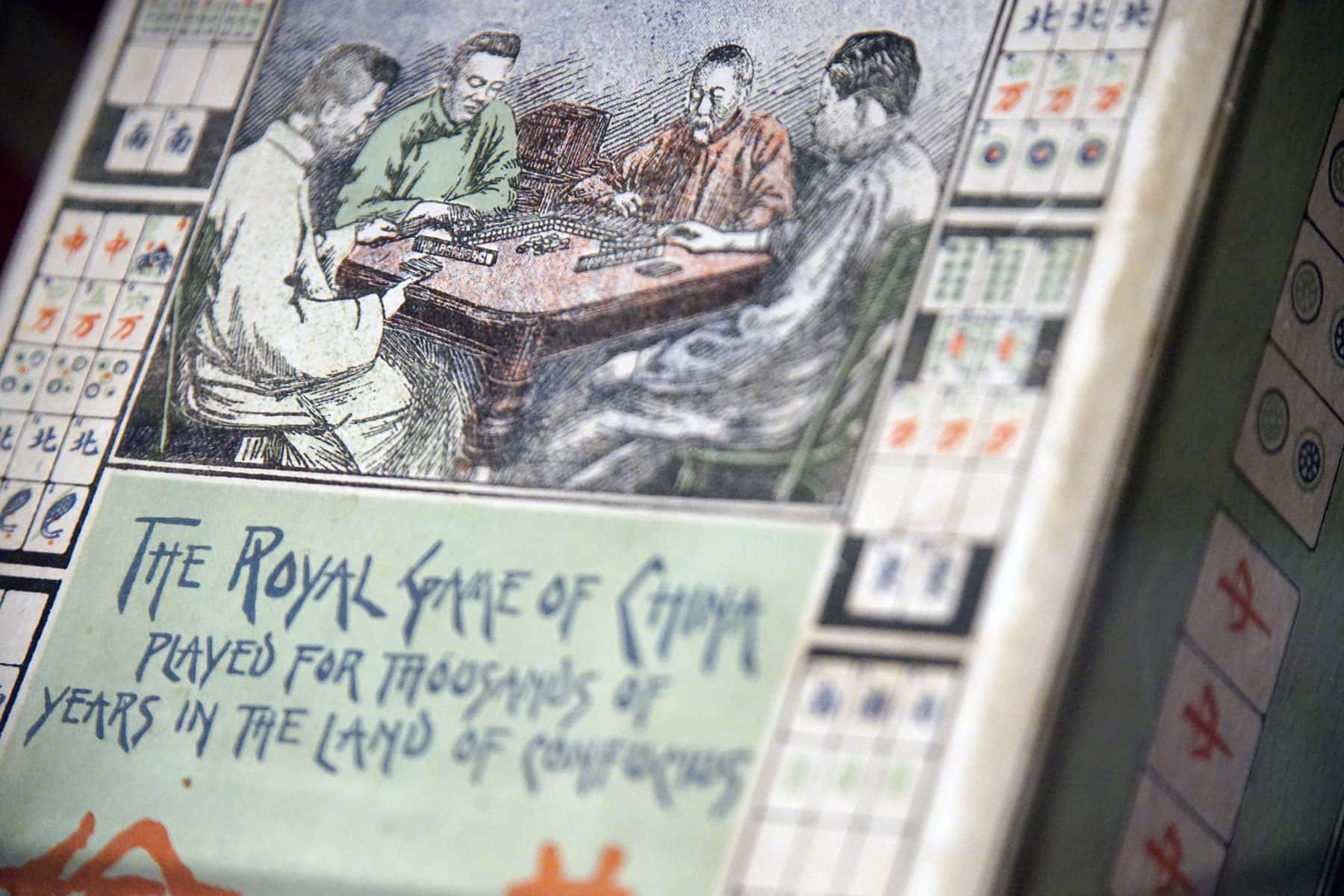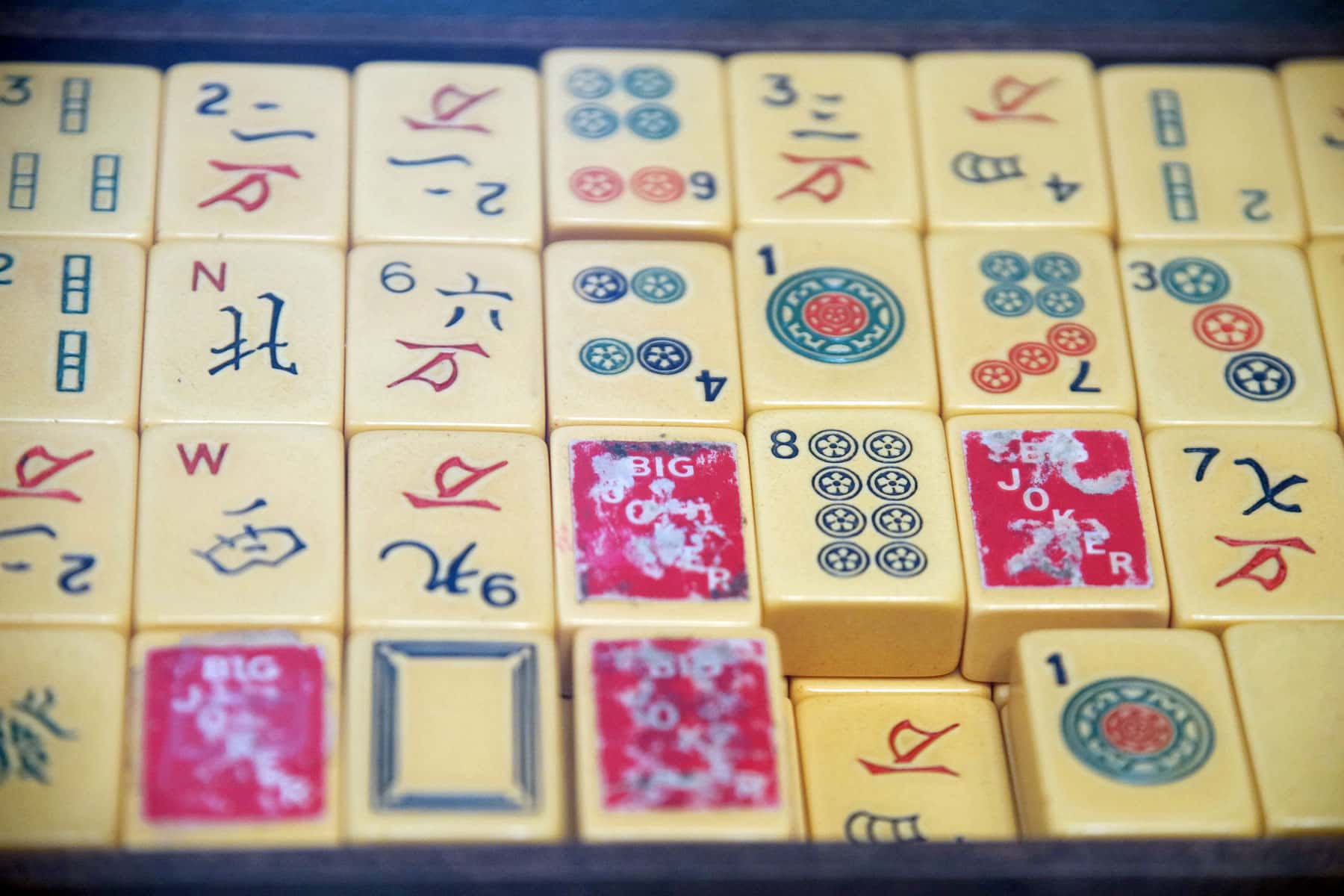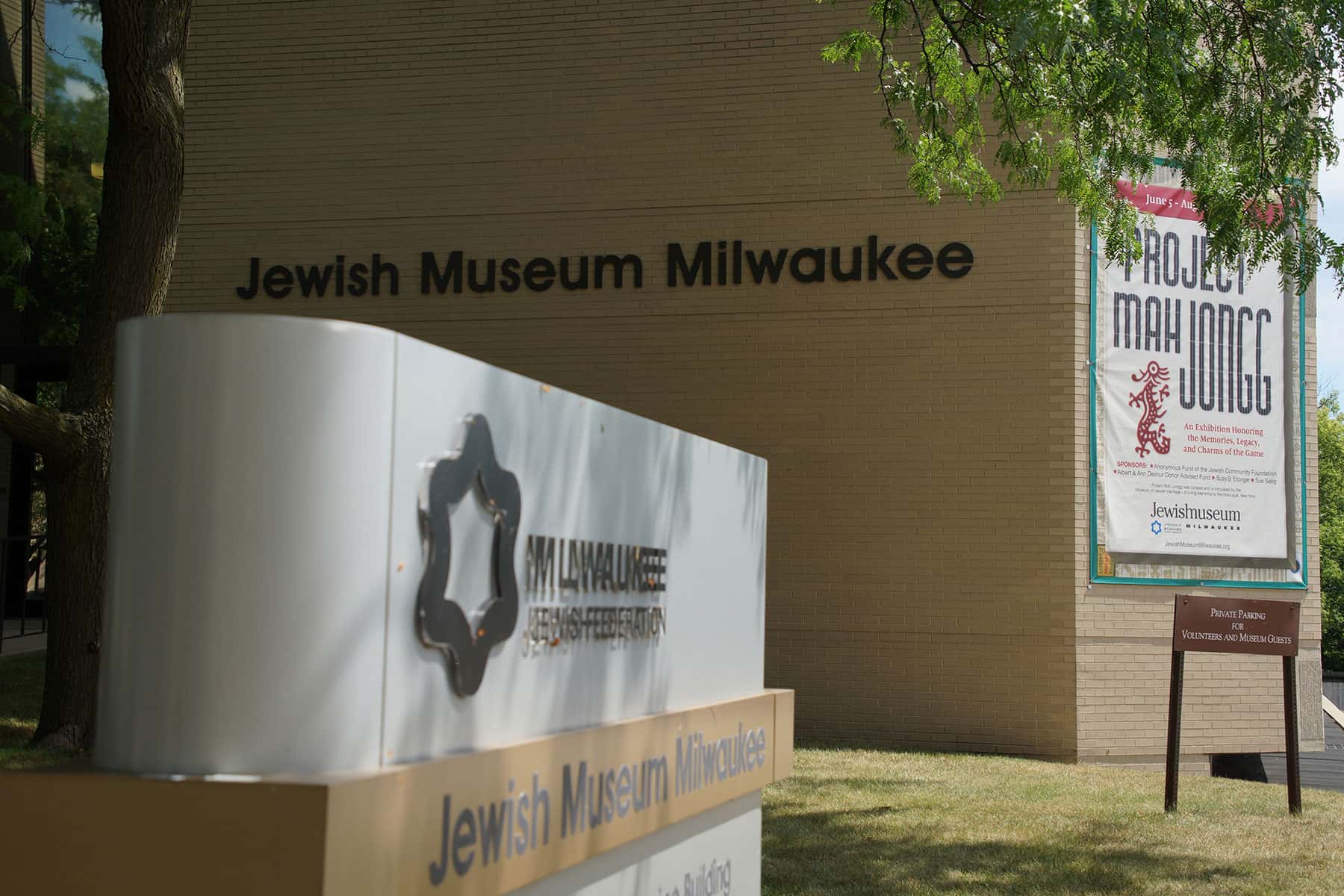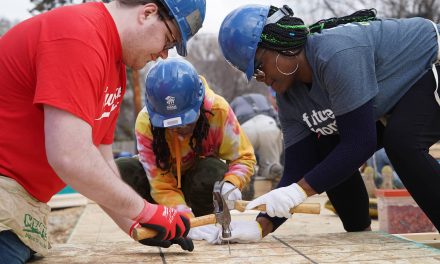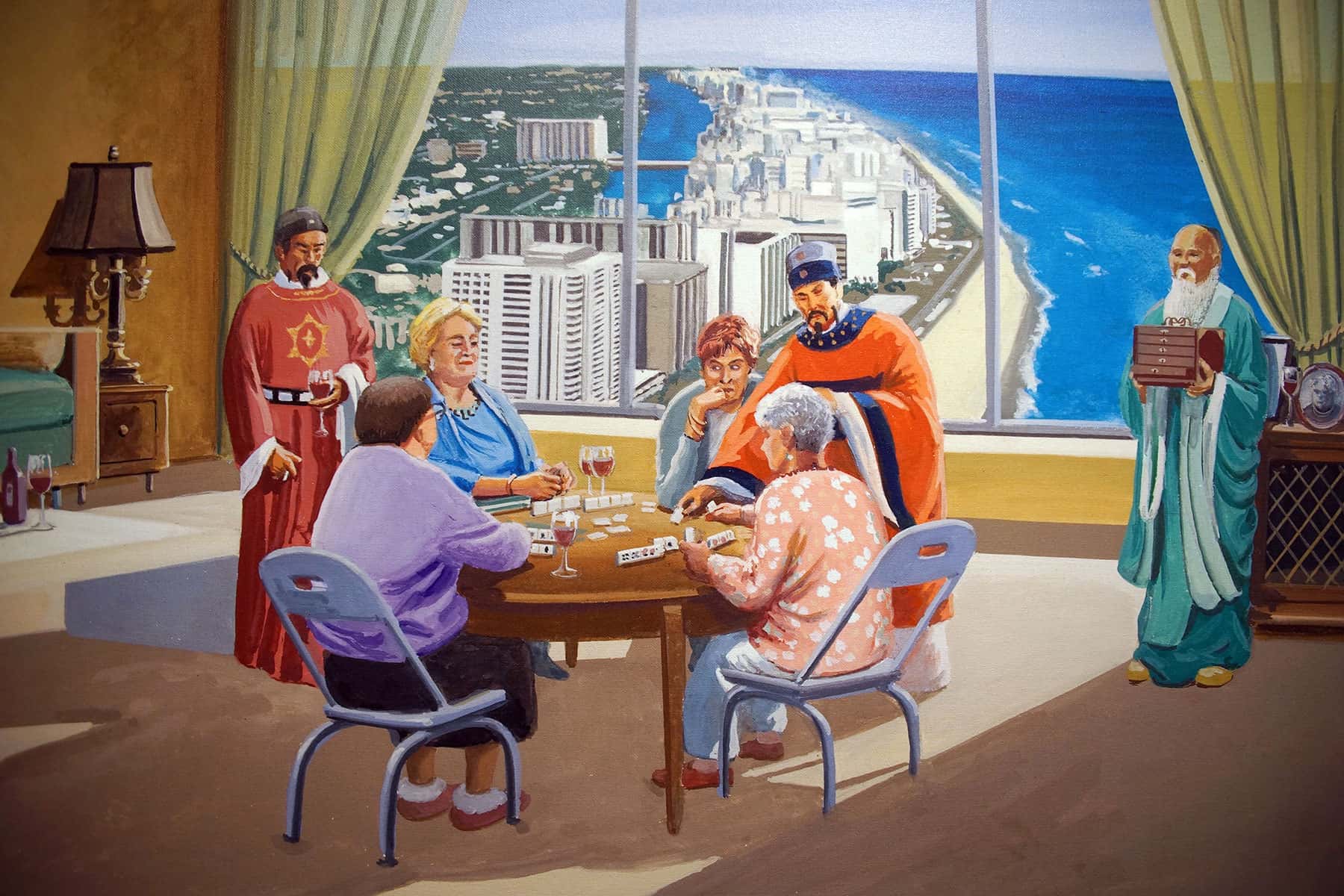
The Chinese tile game Mah Jongg has been incredibly popular among Jewish-Americans since the 1920s, and has brought together many among the Jewish community.
The Jewish Museum Milwaukee hosted the traveling exhibit Project Mah Jongg: An Exhibition Honoring the Memories, Legacy and Charms of the Game over the summer. It displayed the history and legacy of the Chinese game that has been a phenomenon among Jewish-Americans since the 1920s.
The exhibit made its Midwest debut in Milwaukee. It was curated by the Museum of Jewish Heritage – A Living Memorial of the Holocaust in New York and has since traveled to many different cities throughout the United States.
Part of Project Mah Jongg was interactive. Every Tuesday and Thursday groups played the game in the museum’s main atrium. The participation was a special feature of exhibition for everyone involved.
“I think any time you can play Mah Jongg under a Chagall tapestry, the centerpiece of our museum’s permanent collection, you get a unique Mah Jongg experience,” said Ellie Gettinger, the museum’s education director.
Mah Jongg requires four players. It has 144 tiles painted with Chinese characters, dots, flowers and dragons. The first person to win, to go “Mah Jongg,” must have 17 tiles with a certain number of combinations from the various types of tiles.
“We felt that in creating an atrium game gallery, participants could become a living part of the exhibit,” said Curator Molly Dubin about the display.
The game is incredibly popular across the United States, especially among Jewish women. Randi Cohodes and Karen Robinson, for example, drove all the way from Chicago to see the exhibit. They are part of a Mah Jongg meetup group and have been playing the game for years.
“I like the camaraderie and I like the sounds of the game. It flows really well and puts you in a nice mental state while still challenging you,” Cohodes said.
Historically, Mah Jongg has resonated the most with Jewish-American women. It was imported to the United States in the early 1920s by American businessman Joe Babcock, after which its popularity exploded.
“it was a group of Jewish-German immigrant women who first endeavored to formalize the game in the United States and establish rules,” Dubin said. “This led to the formation of the National Mah Jongg League, which held its inaugural conference and put out its first card in 1937.”
References to the game subsequently surfaced in popular culture with a song about it by Eddie Cantor, among others. World War II soldiers were also photographed playing the game.
Though Mah Jongg is not as popular as it was in the early 20th century, it is still played across the country by Jewish-American Mah-Jongg meetup groups, often serving as a way to bring Jewish communities together.
“Over the past six-plus years there has been a renewed and expanded interest in Mah Jongg. “Women of all ages, men, and even children want to learn the art of the tile,” said Dubin. “In this sense it is an example of the Jewish concept of L-dor V’dor, an opportunity for passing on tradition and meaningful interaction between generations.”
The Project Mah Jongg exhibit closed on Sunday, August 28 at the Jewish Museum, but the Mah Jongg meetup groups will continue to connect throughout Milwaukee.
Read the article and view the photo essay that were produced as companion features for this news report.

